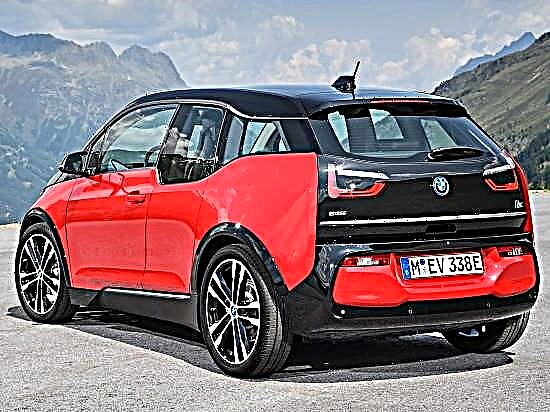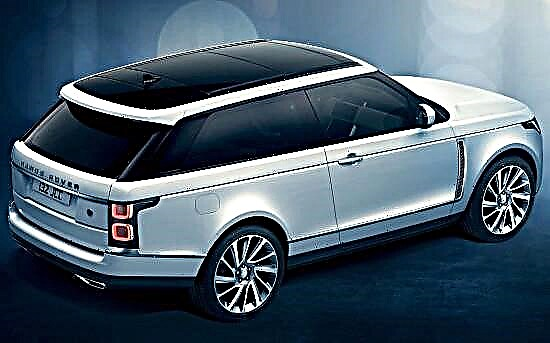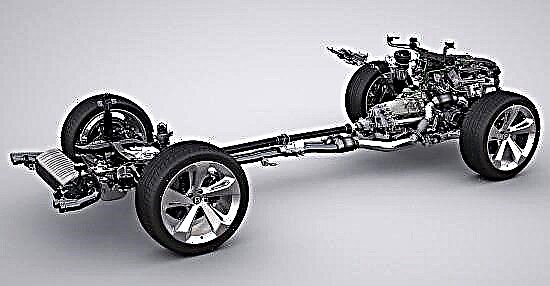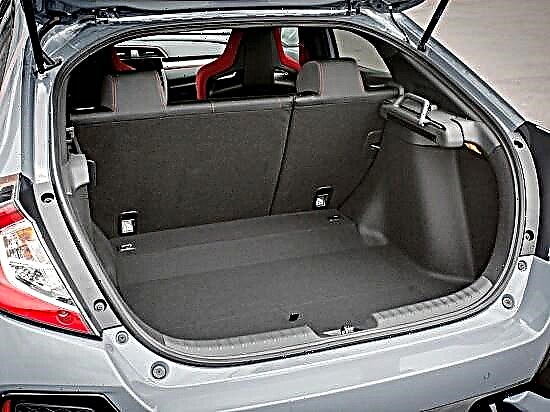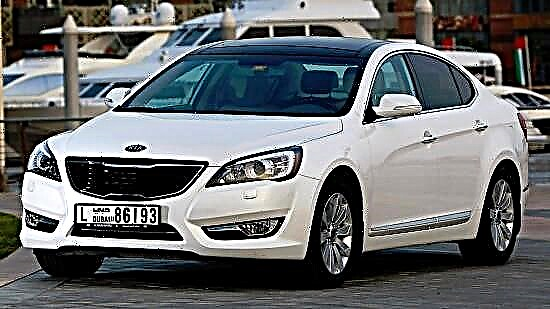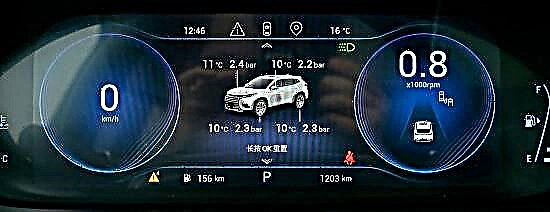The first generation of the full-size Nissan Titan pickup made its official debut in the fall of 2003, at the same time its mass production was launched at the American plant in Canton (Mississippi) ... however, it is worth noting that the development of this car began in 1999.
Initially, the "Japanese" was offered in versions with a one-and-a-half and double cabins, but in the summer of 2007 it also got extended modifications (LBW).
On the conveyor, the "truck" lasted until 2015, and without any major improvements, after which it was replaced by the assignee.

The first generation Titan is available in several modifications - it is provided with a one-and-a-half (King Cab) or double (Crew Cab) cab, as well as in extended versions (LBW).

In length, the pickup is 5695-6205 mm, in width it extends to 2002-2019 mm, and in height does not go beyond 1895-1948 mm. The distance between the wheelsets of the car has a gap of 3551-4049 mm, and under the bottom it has a 259 mm ground clearance.
When equipped, the "Japanese" weighs from 2253 to 2398 kg, depending on the version, and its carrying capacity varies from 544 to 689 kg.

Under the hood of the "first" Nissan Titan is a 5.6-liter gasoline eight-cylinder "aspirated" with a V-configuration, distributed fuel injection and a 32-valve timing belt, producing 317 horsepower at 5200 rpm and 522 Nm of torque at 3400 rpm.
The engine works together with a 5-band automatic transmission and rear or plug-in all-wheel drive of the Part-Time type (in the second case - with a 2-speed "transfer case", a self-locking rear limited slip differential and three modes of operation).
At the heart of the "Titan" of the original embodiment is a spar frame, which contains all the units and assemblies (including the longitudinally mounted motor).
The front wheels of the vehicle are suspended using an independent suspension with double A-arms, hydraulic shock absorbers and a transverse stabilizer, while the rear wheels are suspended using a continuous axle with multi-leaf springs.
All wheels of the car are equipped with ventilated disc brakes, supplemented by ABS, and a hydraulic steering amplifier is "implanted" into its rack and pinion steering gear.
In the secondary market of Russia, Nissan Titan of the first incarnation is offered at a price of ~ 600 thousand rubles.
The positive features of the pickup are: good technical and operational characteristics, solid appearance, roomy interior, powerful engine, excellent cross-country ability, relatively affordable cost, high-quality assembly, etc.
As for the negative aspects, among them are: stiff suspension, high fuel consumption, impressive dimensions (which is inconvenient in the city) and some other points.

